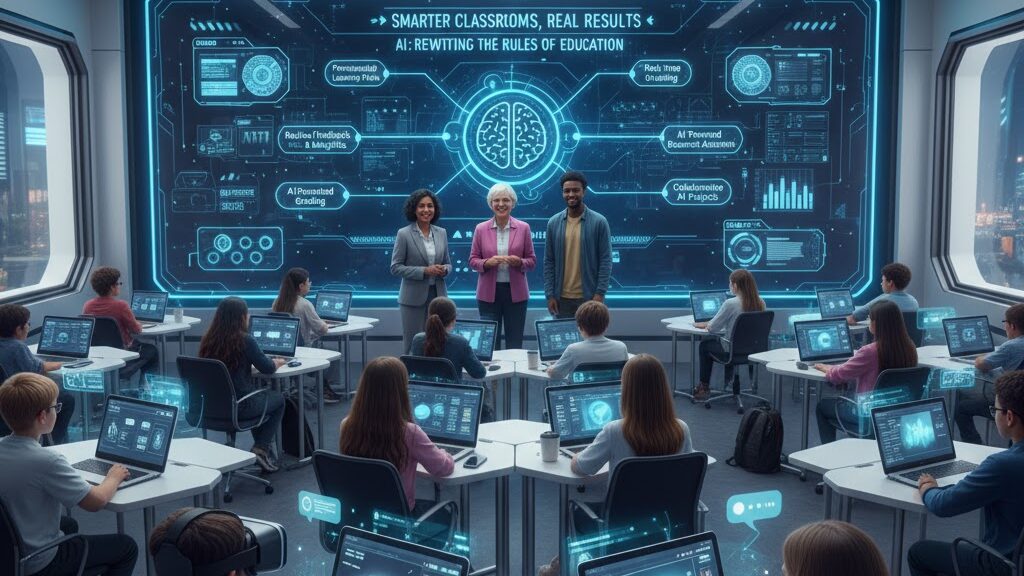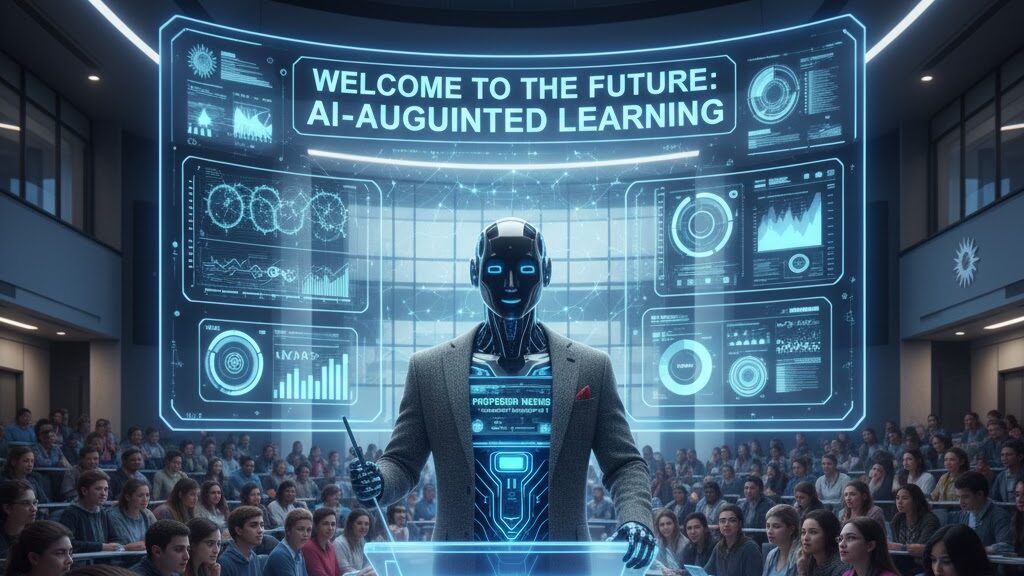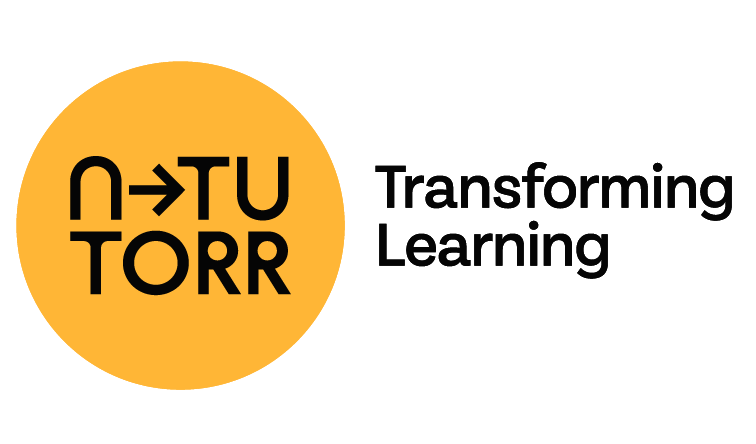
Source
WTOP News
Summary
Will Vitka reports that artificial intelligence is transforming classrooms by saving teachers time, improving accessibility, and offering real-time personalised learning. University of Maryland professor Charles Harry describes AI as a “huge net positive” when used thoughtfully, helping educators create complex, adaptive assignments and enabling students to learn coding and data analysis more quickly. AI tools are also levelling the field for learners with disabilities and multilingual needs. However, privacy, ethical use, and over-reliance remain major concerns. Surveys show one in four teachers believe AI causes more harm than good, underscoring the need for balance between innovation and integrity.
Key Points
- AI personalises learning and provides real-time academic feedback for students.
- Educators using AI save up to six hours per week on administrative tasks.
- Accessibility improves through tools like translation and voice-to-text.
- Ethical concerns persist around cheating and student data privacy.
- The global AI-in-education market could reach $90 billion by 2032.
Keywords
URL
Summary generated by ChatGPT 5




